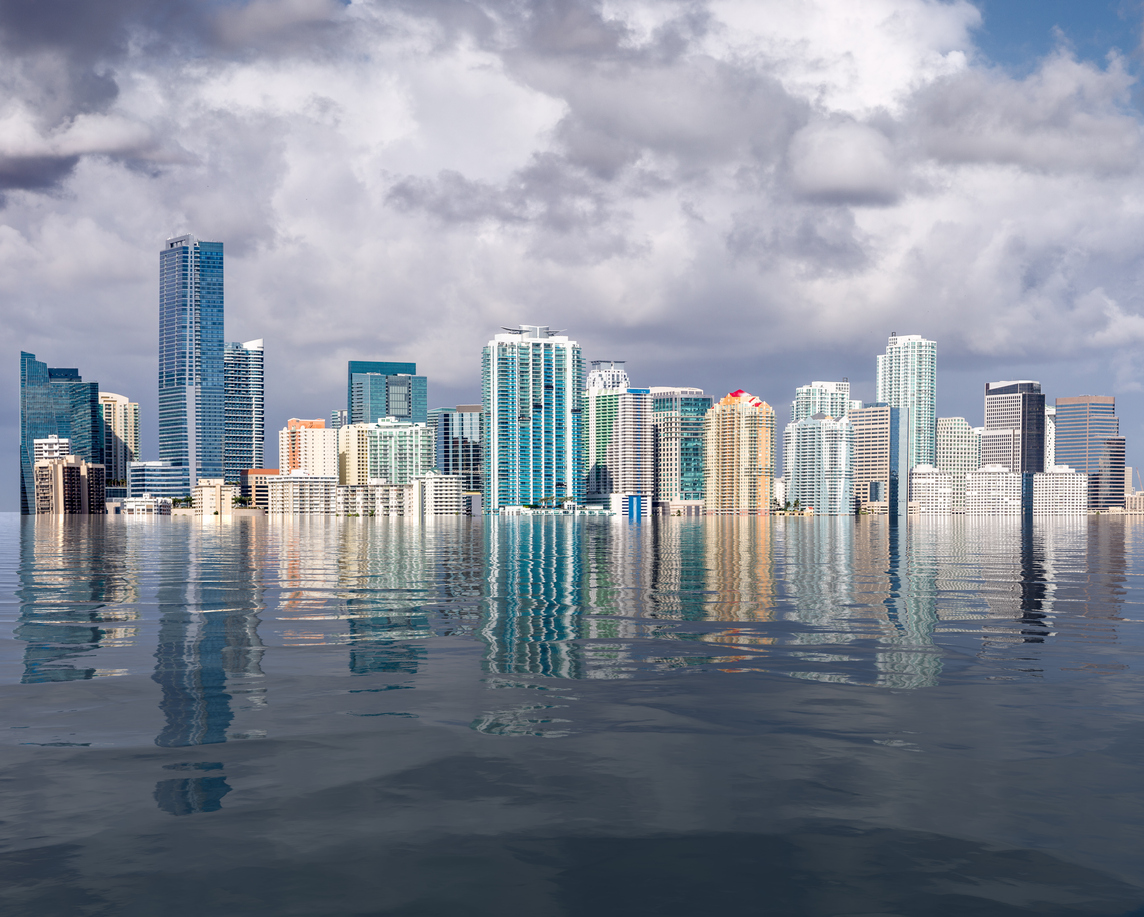The Florida Climate Outlook, coauthored by Daniel Raimi, Amelia Keyes, and Cora Kingdon, takes a novel approach in synthesizing new and existing research on Florida’s climate future in the next 20 years, and showcases results from RFF’s innovative modeling on the distribution of climate impacts.
Based on plausible emissions and sea level rise scenarios, the authors assess the physical and economic impacts of climate change—including its effects on storms, human mortality, and agriculture—along with the economic impacts national climate policies would have on Florida households.
The report’s vital findings have a direct relevance to Floridians:
Severe “100-year floods” will potentially occur once every few years rather than once a century, endangering about 300,000 homes, 2,500 miles of roadways, 30 schools, and four hospitals statewide.
Rising seas also threaten the 490,000 Floridians who live on land less than 3 feet above the high-water mark, and coastal properties worth an estimated $145 billion in property value. The counties with the largest number of people facing these risks are Miami-Dade, Broward, Pinellas, Monroe, and Hillsborough.
In some areas—the Keys in particular—it is unlikely that communities will be able to meet the costs of raising all public roadways to accommodate higher sea levels by 2045, suggesting that some roads and neighborhoods will need to be abandoned.
Miami has over $400 billion in assets put at risk by coastal flooding and storms—the largest amount of any major coastal city in the world.
Extreme temperatures and other impacts will seriously affect public health. In a moderate emissions scenario, the rate of mortality is projected to increase by 3.8 deaths per 100,000 Florida residents per year—that’s roughly 1,000 additional deaths annually by 2035.
Federal carbon pricing policies, which would reduce these risks, are projected to cost less than $1,000 annually for Florida households earning under $99,000 per year, with costs for higher earners reaching as high as $5,000 annually.
These negative impacts are stark, but they’re not inevitable.
“Addressing climate change has up-front costs," say Raimi, Keyes, and Kingdon. "But failing to address climate change? Those costs are likely to be much greater and long lasting.”













